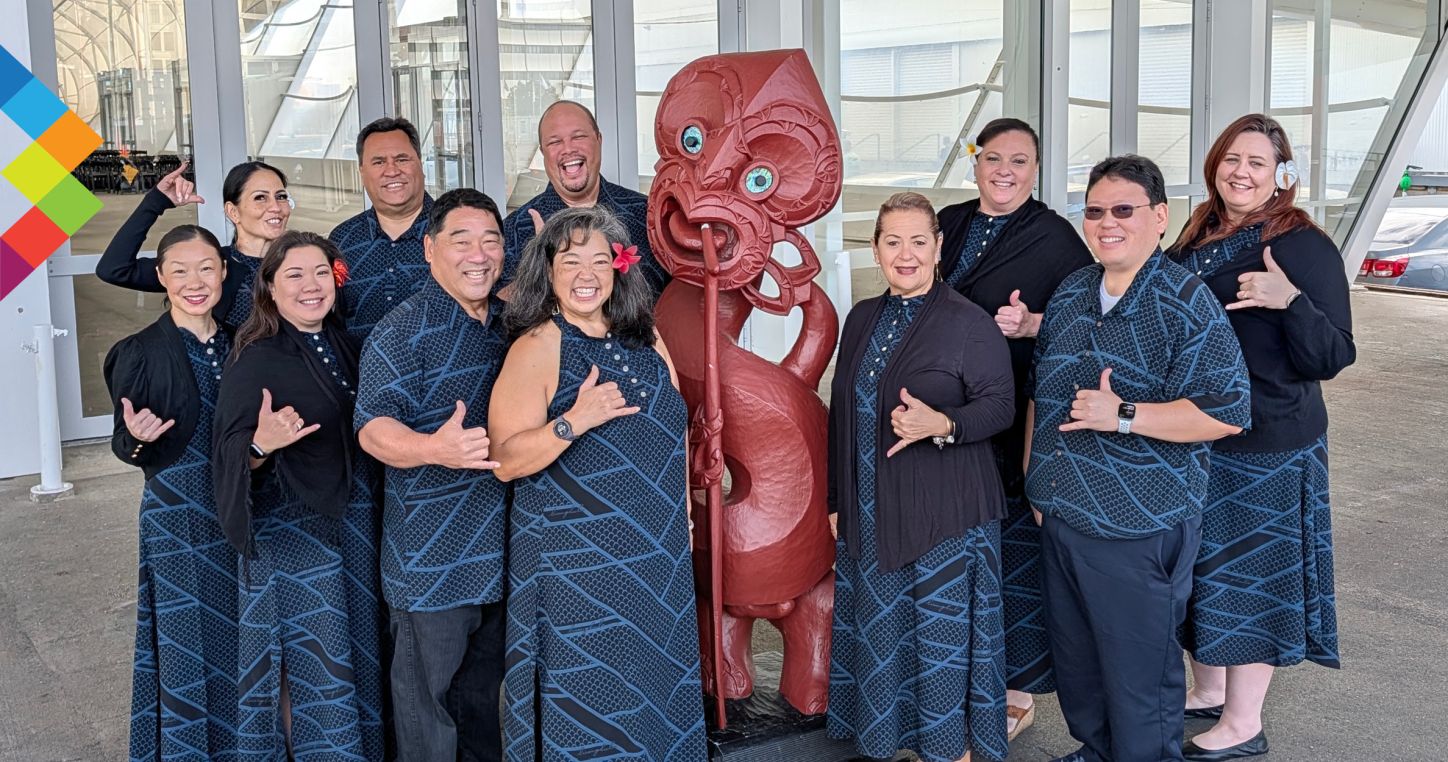Osprey Wilds receives support for funding – Moose Lake Star Gazette

Osprey Wilds Receives LCCMR Recommendation for Projects Advancing Sustainable Development Goals
Executive Summary
On July 18, the Legislative-Citizen Commission on Minnesota Resources (LCCMR) recommended two grant proposals from Osprey Wilds for funding from the Environment and Natural Resources Trust Fund. These projects are designed to enhance environmental education and improve outdoor accessibility, directly contributing to several United Nations Sustainable Development Goals (SDGs).
Project Proposals Overview
- Bringing Environmental Education and Outdoor Recreation to K-12 Schools: This initiative focuses on delivering environmental education programs directly to schools and local green spaces.
- Improving Trail Accessibility for Minnesotans at Osprey Wilds: This project aims to enhance the accessibility of outdoor recreational trails.
Addressing Educational and Accessibility Barriers
The first project targets the removal of significant barriers that prevent K-12 students from accessing environmental education. This initiative directly supports SDG 4 (Quality Education) and SDG 10 (Reduced Inequalities) by addressing the following obstacles:
- District-wide policies prohibiting offsite field trips
- Lack of sufficient time and staffing
- Inadequate transportation resources
- Insufficient funding for external programs
By bringing hands-on, engaging programs to students, Osprey Wilds aims to eliminate social, economic, and physical impediments to environmental literacy and outdoor recreation.
Alignment with Sustainable Development Goals (SDGs)
The recommended projects demonstrate a strong commitment to advancing global sustainability targets within the state of Minnesota.
- SDG 4: Quality Education: The core objective is to provide inclusive and equitable quality environmental education. By bringing programs to schools, the initiative ensures that all learners have the opportunity to acquire knowledge and skills needed to promote sustainable development.
- SDG 10: Reduced Inequalities: Both proposals work to reduce inequalities. The educational outreach removes socio-economic barriers for students, while the trail improvement project enhances physical accessibility, ensuring more people can participate in outdoor recreation regardless of physical ability.
- SDG 11: Sustainable Cities and Communities: Improving access to local green spaces and recreational trails contributes to making communities more inclusive and sustainable, enhancing public access to safe and green public areas.
- SDG 15: Life on Land: Fostering an understanding of the environment in K-12 students is fundamental to protecting and restoring terrestrial ecosystems. This education promotes a future generation committed to sustainable resource management.
- SDG 17: Partnerships for the Goals: The collaboration between Osprey Wilds and the LCCMR exemplifies a strategic partnership between a non-governmental organization and a public body to mobilize resources for achieving sustainable development objectives.
Which SDGs are addressed or connected to the issues highlighted in the article?
-
SDG 4: Quality Education
- The article focuses on a project titled “Bringing Environmental Education and Outdoor Recreation to K-12 schools.” This initiative directly supports quality education by providing hands-on, engaging environmental programs to students, aiming to remove barriers that prevent access to such learning experiences.
-
SDG 10: Reduced Inequalities
- The projects explicitly aim to reduce inequalities. The first project seeks to remove “social, economic and physical barriers” for K-12 students, ensuring that those in schools with limited funding, transportation, or staffing can still access environmental education. The second project, “Improving Trail Accessibility for Minnesotans,” directly addresses inequality by making outdoor recreation more accessible to people with physical limitations.
-
SDG 17: Partnerships for the Goals
- The article highlights a partnership between Osprey Wilds, a non-governmental organization, and the Legislative-Citizen Commission on Minnesota Resources (LCCMR), a government body. This collaboration to fund and implement environmental projects using the state’s Environment and Natural Resources Trust Fund is a clear example of a public-civil society partnership.
-
SDG 3: Good Health and Well-being
- By promoting “outdoor recreation” for K-12 students and improving “trail accessibility,” the projects contribute to the physical and mental well-being of citizens. Access to nature and outdoor activities is widely recognized as beneficial for health.
What specific targets under those SDGs can be identified based on the article’s content?
-
SDG 4: Quality Education
- Target 4.7: “By 2030, ensure that all learners acquire the knowledge and skills needed to promote sustainable development, including, among others, through education for sustainable development…” The project’s goal to bring “hands-on, engaging educational programs” about the environment to K-12 students is a direct implementation of this target.
-
SDG 10: Reduced Inequalities
- Target 10.2: “By 2030, empower and promote the social, economic and political inclusion of all, irrespective of age, sex, disability, race, ethnicity, origin, religion or economic or other status.” The article’s emphasis on removing “social, economic and physical barriers” for students and “Improving Trail Accessibility” aligns perfectly with promoting inclusion for all, regardless of economic status or physical ability.
-
SDG 17: Partnerships for the Goals
- Target 17.17: “Encourage and promote effective public, public-private and civil society partnerships…” The funding of Osprey Wilds’ proposals by the LCCMR, a state commission, exemplifies the kind of public-civil society partnership this target aims to foster.
Are there any indicators mentioned or implied in the article that can be used to measure progress towards the identified targets?
-
For Target 4.7 (Education for sustainable development)
- Implied Indicator: The number of K-12 students and schools reached by the environmental education programs. The project’s success can be measured by how many students, who were previously excluded due to barriers like “lack of transportation, and lack of funding,” are now able to participate.
-
For Target 10.2 (Promote inclusion)
- Implied Indicator: A reduction in the number of schools unable to provide environmental field trips due to the specified barriers. Progress can be measured by tracking the successful removal of “social, economic and physical barriers” for students. For the trail project, an indicator would be the increased number of accessible trails or an increase in their use by people with disabilities.
-
For Target 17.17 (Partnerships)
- Explicit Indicator: The amount of financial resources allocated from the “Environment and Natural Resources Trust Fund” to these civil society projects. The article states that the proposals “received support from the Legislative-Citizen Commission on Minnesota Resources (LCCMR)” for funding, which serves as a direct indicator of the value and commitment of this public-civil society partnership.
SDGs, Targets, and Indicators Analysis
| SDGs | Targets | Indicators |
|---|---|---|
| SDG 4: Quality Education | Target 4.7: Ensure all learners acquire knowledge and skills for sustainable development. | Implied: Number of K-12 students and schools participating in the environmental education programs brought to them. |
| SDG 10: Reduced Inequalities | Target 10.2: Empower and promote the social, economic, and political inclusion of all. | Implied: Reduction in schools prevented from participation due to barriers; increased number of accessible trails. |
| SDG 17: Partnerships for the Goals | Target 17.17: Encourage and promote effective public, public-private and civil society partnerships. | Explicit: The allocation of funds from the state’s “Environment and Natural Resources Trust Fund” via the LCCMR to Osprey Wilds’ projects. |
| SDG 3: Good Health and Well-being | Promote mental health and well-being through access to outdoor recreation. | Implied: Number of students engaged in outdoor recreation; increased usage of improved, accessible trails by the public. |
Source: mlstargazette.com

What is Your Reaction?
 Like
0
Like
0
 Dislike
0
Dislike
0
 Love
0
Love
0
 Funny
0
Funny
0
 Angry
0
Angry
0
 Sad
0
Sad
0
 Wow
0
Wow
0


-1920w.png?#)





































































